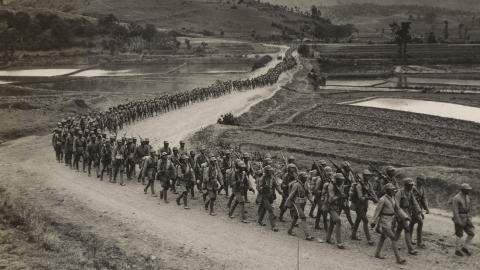When the Nazis came to power in Germany in 1933, they began the systematic persecution of the Jewish population which culminated in The Final Solution. By the end of WWII approximately six million men, women and children, two-thirds of the Jewish population of Europe, had perished at the hands of the Nazi regime.
After being removed from their homes all over German occupied Europe, Jews, Poles, Gypsies and other members of the population that were considered racially impure, were relocated to labour and concentration camps, of which Auschwitz-Birkenau and Bergen-Belsen are amongst the most infamous.
Auschwitz, situated around 50km west of Krakow in Poland, was the largest, consisting of a network of camps. The majority of the three million people who died there were Jewish, killed in the gas chambers or succumbing to disease and starvation.
Bergen-Belsen, originally opened as a POW camp, was located in the northwest of Germany. It was a holding camp where Jews were sent with the intention of exchanging them for German POWs. There were no gas chambers but around 50,000 people of various races and religions died there, more than two-thirds from typhus in the months leading up to the camp's liberation in April 1945, Anne Frank and her sister Margot among them.
















